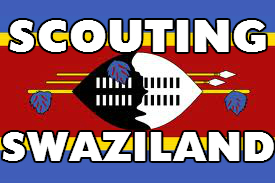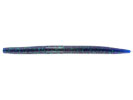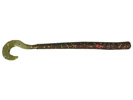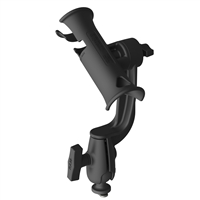Supporting small businesses is important to me. Those dollars you give for that product don't go to fund a yacht; they pay for dance lessons for a daughter or the new alternator on the truck. These folks work hard. They deserve a look when you're in the market. They will be the ones who answer the phone if you have a problem with the product down the road. It's hard and almost near impossible to get that with larger companies. A special mention to some of my friends in small business at Mariner Sails, Hag's Tornado Baits, YakAttack, HOOK1, Papa Chops Rod and Reel Repair and SuperNova Fishing Lights.
----------------------------------------------------------------------------------------
You probably know a small business owner. Heck, you may know several. According to the Small Business Association, America is experiencing a significant rise in small business, cottage industry startups. Unlike the dotcom boom of the 1990s to early 2000s, these are typically not money grab startups. Most of the small businesses that are cropping up are about passion. Whether it's a rod making business, shirt printer, custom lures or fishing accessories, new businesses enter the marketplace everyday. You've probably been asked to "Like" a Facebook page for some of them. You've probably bought some of their stuff because it's a new twist on a technique or look. Not all will succeed however.
Lots of these companies start as or maybe still are garage start-ups. All the money they make is poured back into the business and sometimes the owners work another job to supplement it. They believe in their idea that much. They like to have quality control close at hand because the name on the package is a direct reflection on them. But passion is not enough. Lots of passionate people fail.
A good business plan will go a long way. After successfully selling a couple of products, a savvy owner will do a return on investment calculation (and many already have done a predictive ROI before the first sell). If it takes 10 hours and $24 worth of materials to make a rod and you sell it for $44 you may be "making" $20 but you are also only paying yourself $2 an hour. If you are after money, you can make almost four times that working a side job at the minimum wage. If it's a hobby and the money isn't important that might work. Just breaking even is enough for some folks. Only you can decide. If you are looking at expanding past a hobby business where you are the only labor cost, this model will fail.
Price point is another make or break. Entering the marketplace at the right tier level can set you up for success or failure. Have some outside sources, not your best friends and fishing buddies, give you a valuation. How much would they pay for this new bait? What companies would they compare it to? You need to know your competition. If I pour a plastic worm that looks like a Yamamoto Senko and sell it for the same price, will people buy it? Doubtful. Why not by the proven bait at that price. If it cost half, then you might get some looks. Even Yamamoto does this. He has his signature GYCB at the $6-8 price point and then the Kinami line that is a couple of dollars cheaper. He is offering product at different price points.
Volume is also important. If you sell expensive items, you'll move fewer but will have more money per transaction. Basically, you may only have to sell a couple of products to collect $1,000. If you sell $3 crankbaits, you may sell lots of them but you will need to sell over 300 to hit the $1,000 mark. It just depends on the product.
Understanding the customer is perhaps the least known entity in business today. Just because you cater to fishermen does not mean they are all the same. More specifically, it doesn't mean they all purchase products the same. The market is made up of three different types of customers. I won't go into great detail here but I'll give you some high level info.
Let's start with Bobby. Bobby is a young guy, usually between 18-29, single with some disposable income. He likes new things.
Next is Joe. Joe is the most common customer. He is 25-55, usually married and middle class. Joe works hard for his money. He likes new things but does his research, sometimes to his detriment, on new products.
Last is Terry. Terry is 30-65, married or single, but makes his own money decisions. If he wants to make a purchase, he does so without asking anyone else. Terry is typically middle to upper middle class if not wealthy.
All three of these customers can overlap in some areas. Some Terry customers will be a little older. Some Bobby customers will be older as well. Joe, however, is pretty standard across the board. In most markets across the US, Joe will be 65% of your purchases (once he finally decides to buy).
As a small business owner, you should know how to sell, market and advertise to these different customers. All three of these types have female counterparts too (Ashley, Mary and Karen respectively). The same strategy rarely works for all 3 (or 6) customers. Knowing how to present your product to each one, differently, will allow you to close more purchases.
If you want to know more, shoot me an email or a Facebook message. It is a ton of info so be prepared. Maybe a seminar is in order. Hmmmm.
Not all small businesses will make it but if you know and execute these strategies, you'll have a much better chance.
Passion.
Business Plan.
Volume Expectations.
Knowing Your Customer.
Do you know/have all of them?























